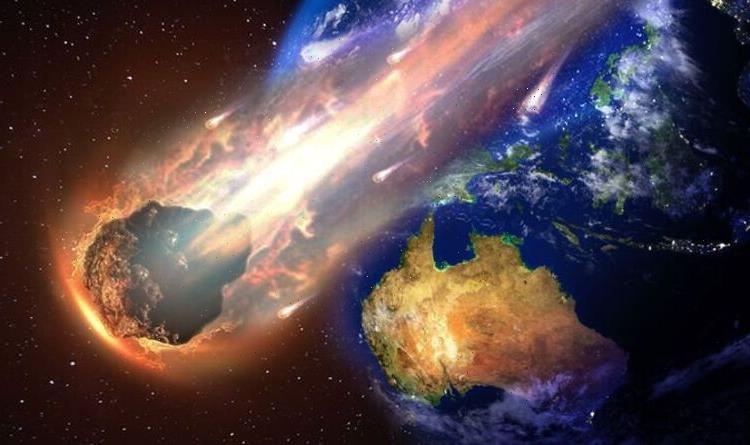European Space Agency: Solar eruption seen by Solar Orbiter
We use your sign-up to provide content in ways you’ve consented to and to improve our understanding of you. This may include adverts from us and 3rd parties based on our understanding. You can unsubscribe at any time. More info
Declassified documents recently released by the US Space Command (USSC) revealed that an object from a different star system than ours blazed through the skies over Papua New Guinea in 2014 and crashed into the Southern Pacific Ocean. This interstellar object was a small meteorite that measured just 1.5 feet (0.45 meters) across and travelled through solar systems at speeds of more than 130,000 mph (210,000 km/h).
The meteorite blew past the average velocities of meteors within the solar system as it crashed into the Earth on 8 January 2014, according to a 2019 study of the object published in the preprint database arXiv.
The study concluded that based on the speed of the meteor, along with the trajectory of its orbit confirmed with 99 percent certainty that it originated far beyond our solar system – possibly “from the deep interior of a planetary system or a star in the thick disk of the Milky Way galaxy”.
The authors of the study also added: “Potentially, interstellar meteors could deliver life from another planetary system and mediate panspermia (Ginsburg et al. 2018).

“Interestingly, the high speed for the meteor discussed here implies a likely origin in the habitable zone of the abundant population of dwarf stars, indicating that similar objects could carry life from their parent planetary systems.”
Panspermia refers to the theory that life on the earth had originated from “microorganisms or chemical precursors of life present in outer space” and that once they reached a suitable environment like that on Earth, they were able to initiate life.
However, this paper was never peer-reviewed or published in a scientific journal, as some of the data that the scientists would need to verify the calculations were considered classified by the US government.
Now, scientists from USSC have officially confirmed the team’s findings, adding that their analysis of the fireball was “sufficiently accurate to confirm an interstellar trajectory.”

In the memo, dated March 1 and shared on Twitter last week, Lt. Gen. John E. Shaw, deputy commander of the USSC confirmed the paper.
This confirmation also made this meteorite the first interstellar object to ever be detected in our solar system.
This discovery predates the Oumuamua, a “cigar-shaped” object that scientists recorded moving too fast to have originated from our solar system.
However, unlike this meteorite, Oumuamua was detected speeding far away from Earth, and NASA has confirmed that the object is well on its out of the solar system.
DON’T MISS:
Putin’s doomsday ‘Dead Hand’ device fires 30 nukes at once [ANALYSIS]
Xi bolsters terrifying nuclear arsenal as China scrambles to deter US [REVEAL]
New ‘lethal’ weapons Britain will send Ukraine to obliterate Russia [INSIGHT]


Speaking to VICE, Amir Siraj, who lead the 2019 study said: “I get a kick out of just thinking about the fact that we have interstellar material that was delivered to Earth, and we know where it is.
“One thing that I’m going to be checking—and I’m already talking to people about—is whether it is possible to search the ocean floor off the coast of Papua New Guinea and see if we can get any fragments.”
Source: Read Full Article
